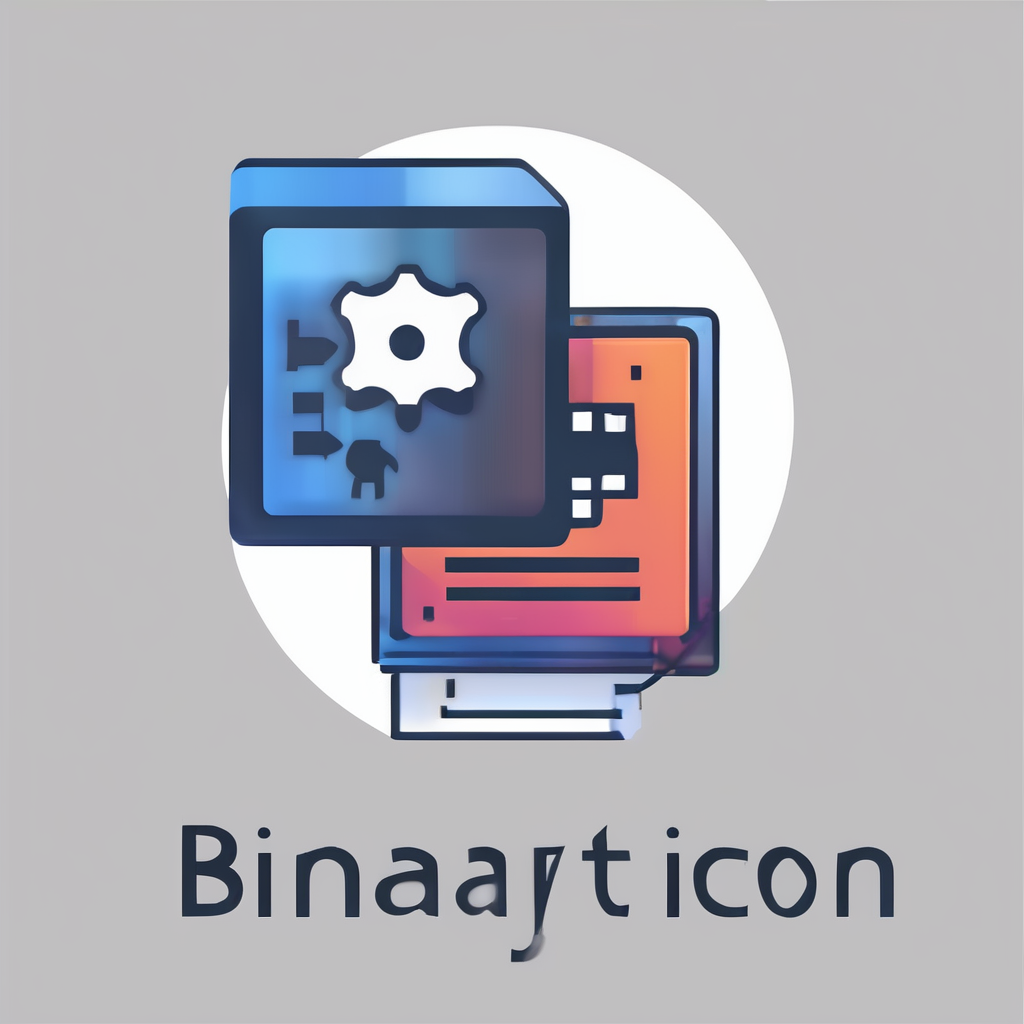Understanding Digital Transformation Success
Successfully navigating digital transformation involves understanding its evaluation and establishing sound assessment metrics and success criteria. Digital transformation is the integration of digital technology into all areas of a business, engendering fundamental changes to operations and value delivery. It is crucial for modern organizations aiming to innovate and remain competitive.
To evaluate success, organizations employ several criteria. Common success criteria include achieving clear business objectives, enhancing customer experiences, streamlining operations, and fostering innovation. Additionally, adapting to market changes and leveraging data for strategic decision-making represent pivotal success indicators.
Topic to read : Unlocking software success: how agile methodologies transform project management
When conducting digital transformation evaluation, companies utilize both quantitative and qualitative assessment methods. Quantitative methods usually involve numerical data, such as financial KPIs and market share figures. These metrics offer tangible evidence of transformation benefits, focusing on quantitative analysis and financial performance improvement.
Conversely, qualitative methods assess changes in company culture, customer satisfaction, and staff morale. Surveying employees and clients to gather meaningful feedback aids in evaluating softer elements of transformation success. Understanding both assessment approaches supports organizations in developing a well-rounded transformational strategy.
Also read : Unlocking tech marketing success: leveraging social media analytics for strategic insights
Ultimately, recognizing the importance of structured evaluations is key. By considering various success criteria, organizations can better navigate the complex digital landscape, ensuring continued growth and innovation.
Key Metrics for Evaluation
Digital transformation’s success hinges on deploying robust evaluation metrics. Identifying relevant performance indicators is imperative to measure progress effectively.
Financial Metrics
Financial metrics serve as the cornerstone in evaluating digital transformation. They encompass key indicators such as ROI, total cost of ownership, and profit margins. Organizations scrutinize these metrics to determine whether technological investments generate anticipated economic benefits. This numerical data empowers decision-makers to quantify improvements in financial performance and resource allocation efficiency. Moreover, by dissecting cost structures, firms can uncover insights into savings and gain a clearer picture of transformation ROI.
User Engagement Metrics
Examining user engagement metrics is pivotal in assessing digital transformation’s impact on customer interactions. Monitoring website traffic, session duration, and conversion rates aids in evaluating user satisfaction. These data points reveal shifts in consumer behaviour, pre-and post-transformation. By understanding these changes, companies can refine their strategies, enhancing user experience and boosting brand loyalty.
Operational Efficiency Metrics
Evaluating operational efficiency metrics provides insights into improvements following digital transformation. Metrics like cycle times, error rates, and resource optimisation illustrate process enhancement. Tracking these indicators unveils operational bottlenecks and highlights areas necessitating attention. Enhanced operational performance indicates successful transformation, leading to streamlined business operations and competitive advantage.
Tools for Assessment
Evaluation tools are vital in navigating the path of digital transformation. These tools provide structured mechanisms to analyse and track the progress of transformation initiatives. They play a crucial role in offering insights and supporting effective management by integrating various assessment software and analysis platforms.
Overview of Assessment Tools
Instruments for assessment range from analytics-focused to organization-wide solutions. These include platforms like SWOT analysis and Digital Transformation Diagnostics, which excel in identifying areas for improvement. Similarly, tools like PESTLE analysis and Business Model Navigator help businesses to view transformation impacts through multiple lenses, enhancing evaluation tools effectiveness.
Comparison of Tools Available
When comparing available solutions, it’s essential to assess their cost, usability, and feature sets. While some tools offer robust analytics capabilities, others emphasize user-friendliness or cost-effectiveness. Aligning these features with organisational needs ensures optimal selection and utilization of assessment software.
Choosing the Right Tool for Your Organization
Selecting suitable software depends on specific business priorities and resources. Understanding your organisation’s goals helps in choosing tools tailored for your unique requirements. Companies should focus on whether they prioritize in-depth data analysis, ease of use, or comprehensive solutions, ensuring that their choice aligns perfectly with their transformation aspirations.
Frameworks for Evaluation
Navigating digital transformation evaluation can significantly benefit from structured frameworks. Popular evaluation frameworks include the Balanced Scorecard and Digital Maturity Model, each offering unique insights into transformation activities.
Balanced Scorecard
The Balanced Scorecard is a strategic planning tool that allows organizations to align business activities with their vision and strategy. It considers four perspectives: financial, customer, internal business processes, and learning and growth. By incorporating a diverse range of evaluation metrics, organizations can ensure a more holistic view of their digital transformation success.
Digital Maturity Model
On the other hand, the Digital Maturity Model evaluates an organization’s digital readiness across dimensions like strategy, culture, and technology. This model helps identify current capabilities and areas for improvement, creating a roadmap for digital evolution.
Implementing Best Practices
For successful implementation, organizations should maintain regular evaluations and adaptively adjust their frameworks. This might involve periodic reviews and refining assessment metrics to align with evolving business goals and market conditions. Best practices also include involving cross-functional teams, ensuring that the used success criteria reflect a comprehensive organizational perspective. Employing these methods can help in achieving sustainable digital transformation.
Case Studies of Successful Organizations
Exploring case studies of organizations that excelled in their digital transformation evaluation offers valuable insights. These success stories serve as practical examples, illustrating how to effectively implement assessment metrics and achieve desired outcomes.
One notable example is a retail giant that revolutionized its operations through an innovative use of technology. By employing both quantitative and qualitative assessment methods, the company aligned transformation objectives with customer satisfaction and operational efficiency. It demonstrated the need to intertwine financial performance with user engagement metrics.
In the financial sector, a leading bank embraced comprehensive evaluation frameworks to assess transformation success. Leveraging the Balanced Scorecard, the institution evaluated digital readiness and strategy. This rigorous approach ensured sustained growth and highlighted essential success criteria, such as enhanced customer experiences and streamlined operations.
Lessons from these industry examples emphasize the critical nature of adaptability and continuous improvement. Organisations must remain receptive to evolving circumstances and emerging technologies. By extrapolating these key takeaways, other businesses can tailor strategies, ensuring successful evaluations and consistent alignment with industry standards. These real-world chronicles underline the importance of structured, adaptive methodologies in navigating digital landscapes.
Expert Insights and Recommendations
Navigating the complexities of digital transformation requires insights from industry experts. Their expert opinions and thought leadership steer organizations toward best practices and innovative strategies.
Interviews with Industry Leaders
Industry leaders emphasize aligning transformation efforts with clear business objectives. They advocate for a balance between technological investments and human capital, urging firms to foster a culture of continuous learning. Through these discussions, common best practices emerge, such as involving diverse teams in planning and implementation stages.
Recommendations from Analysts
Analysts highlight the importance of comprehensive evaluation frameworks to assess transformation success. They suggest leveraging both quantitative and qualitative data to paint a full picture of progress. Employing adaptive metrics ensures that evaluations remain relevant as organizational goals evolve, promoting agility and sustained improvements.
Future Trends in Evaluation
Emerging trends suggest a shift toward more sophisticated data analytics, driven by AI and machine learning. Experts predict these technologies will enhance assessment metrics, offering deeper insights into operational efficiencies. Organizations are encouraged to adopt these innovations, ensuring they stay ahead in the digital landscape by constantly revisiting and refining their assessment strategies based on future-focused insights.










